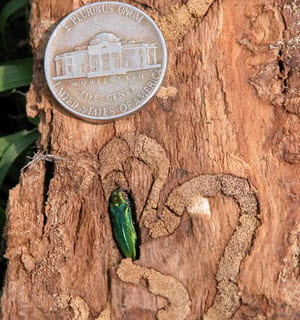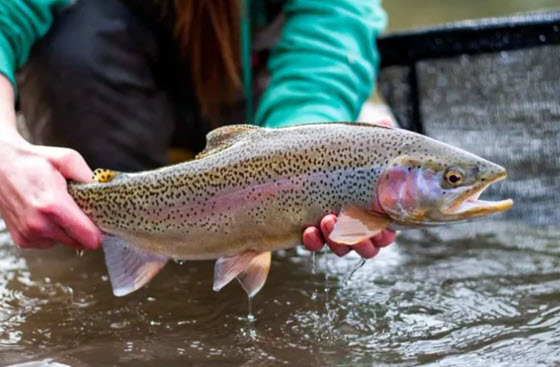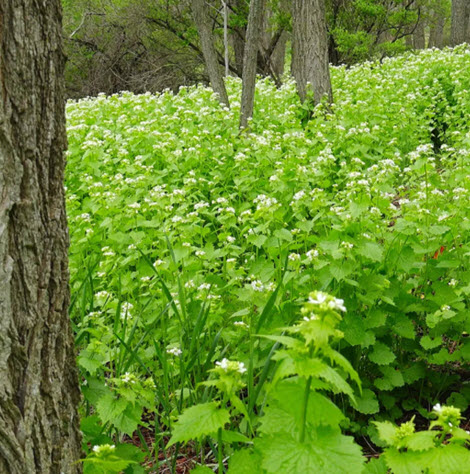Click below to listen to my 2 min. Garden Bite radio show/podcast: How invasive species get around
We have many invasive plants and insects that affect our ecosystems. It’s hard to imagine NOT having them based on the fact that humans are a traveling invasive species! Centuries ago our ancestors traveled to the Americas bringing with them all kinds of plants and taking other plants back to their homelands.

There wasn’t a thought to the ramifications of what one species would do to the local plant and/or insect populations. Most of those who brought plants “back home” or shared their own homeland species with other areas of the planet were doing it with the best of intentions.
Other times, there were just travelers, like insects hopping a ship to another world and finding a place that allowed them to thrive while devouring native species.

And the fact is, by the time humans realized the implications, it was too late. So does that mean that humans are the biggest invasive species? I’ll let YOU ponder that one.
What we ARE doing now is understanding the impact and trying to find ways to mitigate the issues that we have created.
Invasive species are not necessarily from another country.
For example, lake trout are native to the Great Lakes, but are considered to be an invasive species in Yellowstone Lake in Wyoming because they compete with native cutthroat trout for habitat.

There are worldwide organizations aimed at combating invasive plants, insects, animals, etc.

But there’s also a market for those items, generally found “underground”. No pun intended!
From feral pigs to water hyacinth to Emerald Ash Borer and carp, we have upended the natural order of things. Consider the “pet” Burmese Python that has escaped and is wreaking havoc in Florida.
